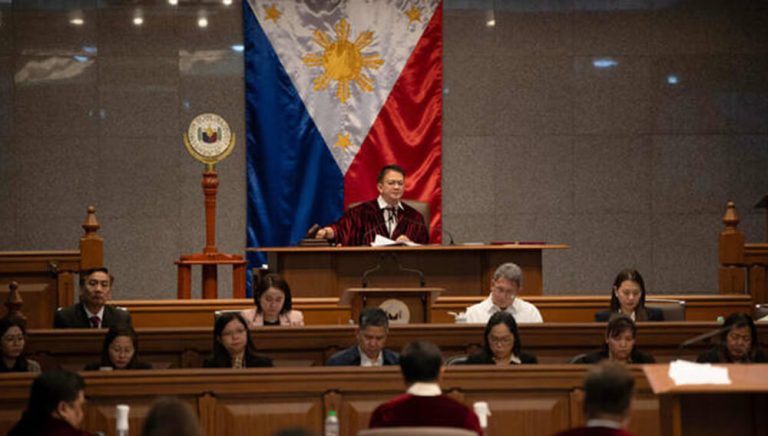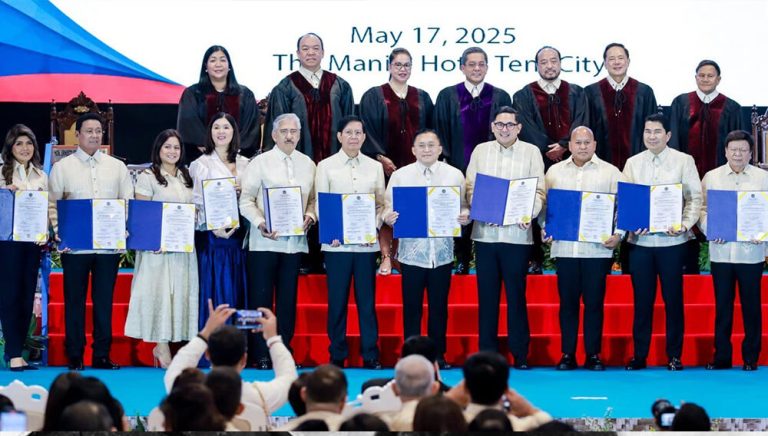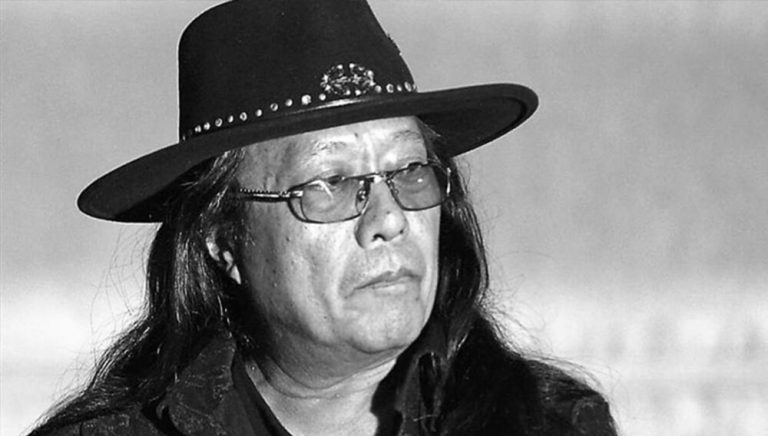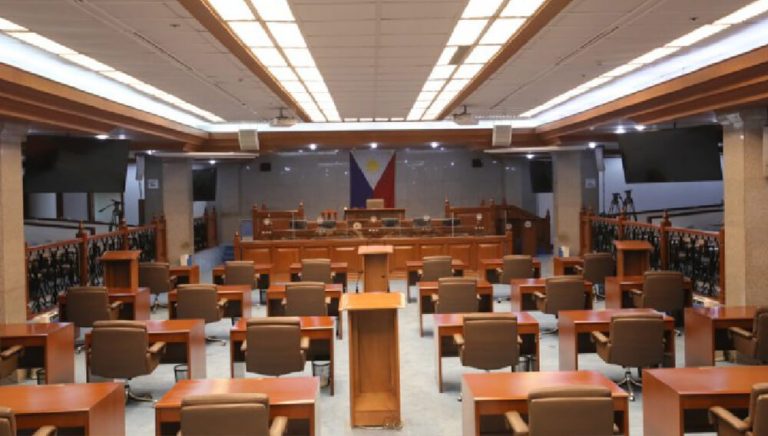In a rare but significant procedural development, the Philippine Senate has decided to return the impeachment case against Vice President Sara Duterte to the House of Representatives. While this move does not amount to dismissal, legal experts emphasize that it gives the House full discretion to either proceed with or halt the impeachment process altogether. The decision raises new questions about the constitutional balance between the legislative chambers and how impeachment complaints are handled in the country.
Senate Sends Case Back to House
The case originated in the House, where an impeachment complaint was filed against Vice President Duterte. After going through the committee processes, it was transmitted to the Senate, which acts as the impeachment court in such matters. However, in an unexpected move, the Senate chose not to proceed directly to trial. Instead, the majority opted to return the complaint to the House, citing procedural irregularities, including the absence of a properly authenticated certification.
Senate President Chiz Escudero stated that while the complaint had already been transmitted, it lacked the necessary formal documentation proving its validity. Therefore, the Senate sent it back with a request for proper certification before it could move forward with the proceedings.
Although this decision was described as a “referral,” not a dismissal, it triggered debate in legal and political circles. Escudero clarified that the Senate had not rejected the case altogether but was merely requiring that due process be followed. He added that once the necessary requirements are fulfilled, the Senate remains ready to resume its role as the impeachment court.
Legal Experts: House Can Drop the Case
Despite the Senate’s assertion that the case is still alive, constitutional law experts believe the power now lies solely with the House. They argue that once the case is returned, it reverts to the political discretion of the House leadership, which may or may not take further action.
According to legal scholars, the House is under no constitutional obligation to re-certify the complaint or to re-transmit it to the Senate. Since the referral was not a judicial order but a political maneuver, the House may choose to consider the matter closed. If House leaders opt not to act, the impeachment process effectively dies a procedural death.
This view underscores the House’s dominant role in impeachment proceedings. While the Senate acts as the trial court, it cannot initiate a case on its own. Only the House has the authority to file and forward articles of impeachment. In this context, returning the complaint resets the entire process, placing the outcome squarely in the House’s hands.
Criticism and Dissent
The Senate’s action has been met with criticism from several quarters. Senator Risa Hontiveros was among those who strongly opposed the return of the case. She argued that the Senate had already received the complaint and issued a summons, meaning the trial should have proceeded without delay. She warned that sending the case back undermines the constitutional process and could be interpreted as a political favor.
Hontiveros further expressed concern that this move could erode public trust in the impeachment mechanism. According to her, the Senate’s duty is to try the case once transmitted, and any procedural concerns should be addressed during trial, not by returning the complaint.
Civil society groups and legal advocacy organizations also voiced apprehension, viewing the referral as a possible escape route for high-ranking officials facing accountability. They emphasized that once a complaint is received and acknowledged by the Senate, it is bound by constitutional duty to act on it—regardless of technical lapses.
Political Implications for the House
The issue now lands back in the lap of the House of Representatives. House leaders have yet to release an official stance on whether they intend to comply with the Senate’s request or simply let the matter rest.
Political analysts point out that the House may prefer to avoid the political cost of pursuing impeachment, especially against a high-profile official like Vice President Duterte. With the 2025 midterm elections looming, legislators may see little benefit in reviving a divisive and time-consuming process.
On the other hand, a decision to ignore the Senate’s referral could also come with political risks. Critics may accuse the House of failing in its constitutional duty to hold powerful officials accountable. For lawmakers seeking reelection, this could become a contentious campaign issue, especially among reform-minded voters.
Constitutional Gray Area
This incident highlights a gray area in Philippine constitutional law. While the Constitution outlines the basic framework for impeachment, many procedural aspects remain open to interpretation. One such ambiguity is what happens when the Senate receives an impeachment complaint but then decides not to proceed due to technical deficiencies.
Some legal experts believe that once the Senate accepts the articles of impeachment and acknowledges its role as an impeachment court—as it did by issuing a summons—it has a constitutional duty to conduct a trial. From this perspective, sending the complaint back may be viewed as a violation of that duty.
Others argue that the Senate retains procedural autonomy and can set its own standards for initiating a trial. If a complaint is deemed incomplete or improperly filed, the Senate has the prerogative to return it for correction without prejudice to future proceedings. In this view, the Senate acted within its rights and upheld procedural integrity.
Potential Next Steps
If the House chooses to re-certify and resend the complaint, the Senate will likely reconvene and move forward with the impeachment trial. However, that outcome depends on whether House leaders are willing to take on the political responsibility of reviving the case.
Alternatively, if the House takes no action, the impeachment effort will quietly fade away. This would not be unprecedented. Several past impeachment complaints in Philippine history have ended due to procedural delays, insufficient support, or simple political inertia.
Observers note that the outcome may hinge on public opinion. If there is a groundswell of support for continuing the impeachment process, it may pressure the House into taking action. Conversely, if the public remains indifferent or perceives the issue as politically motivated, lawmakers may see little reason to proceed.
Broader Lessons and Institutional Reflections
This case underscores the importance of clarity and rigor in constitutional processes. The lack of a clearly defined procedure for handling partially defective complaints opens the door for political maneuvering and institutional uncertainty. It also reveals the delicate balance between legal procedure and political discretion in impeachment proceedings.
For institutions to maintain legitimacy, legal processes must be followed faithfully and consistently. Even technical issues, if left unresolved, can be exploited to weaken the integrity of the system. This situation serves as a reminder that transparency, accountability, and commitment to the rule of law are crucial for democratic governance.
As the nation watches how the House will respond, one thing is clear: the impeachment process is not just about legal guilt or innocence. It’s also about the institutions’ willingness to uphold democratic principles, even in the face of political pressure.









